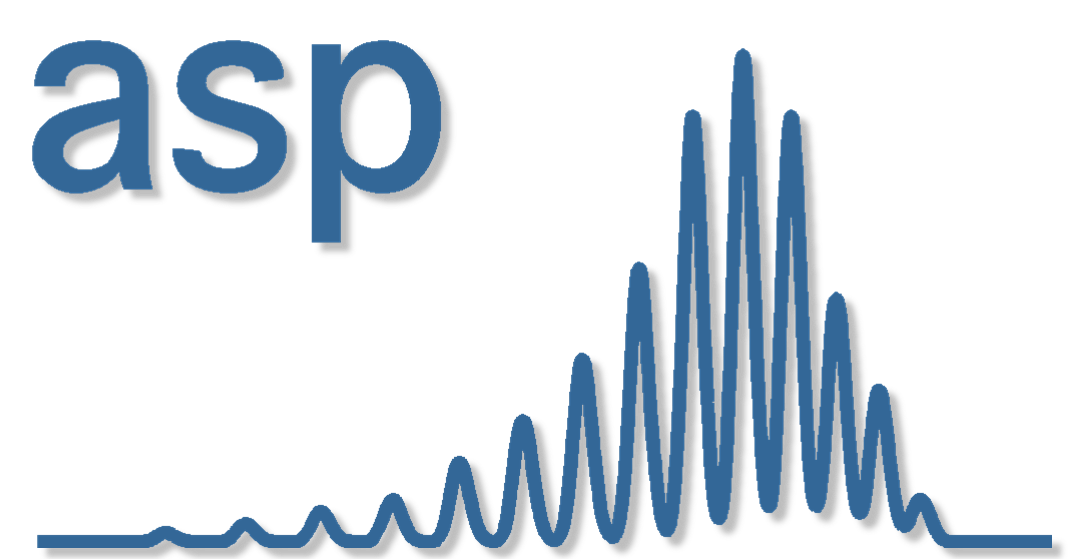Equilibrium theory for chromatography
The term equilibrium theory denotes various methods for (mostly analytical) solutions of the so-called ideal model of chromatography, which is the most simple continuous form of the material balance of a chromatographic process. It considers only convection and the (ompetitive) distribution equilibria of the components to be separated. This leads to a system of partial differential equations (PDEs), which can be solved under certain conditions. Although such solutions represent chromatographic processes in a simplified manner, they feature their main nonlinear dynamics. This makes them extremely valuable for the conceptual design, analysis, and development of novel chromatographic operating concepts.
In our group, we devised corresponding solutions in order to develop new operating modes and design methods for a variety of processes, including batch elution, simulated moving bed (SMB), and steady-state recycling (SSR) chromatography. Many of the results were obtained in close collaboration with Prof. Tuomo Sainio (Lappeenranta-Lahti University of Technology, Finland).
Selected publications on equilibrium theory for chromatography
- Dienstbier, J., Schmölder, J., Burlacu, R., Liers, F., & Kaspereit, M. (2020). Global optimization of batch and steady-state recycling chromatography based on the equilibrium model. Computers & Chemical Engineering, 135, 106687. https://doi.org/10.1016/j.compchemeng.2019.106687
- Kaspereit, M., & Neupert, B. (2016). Using the Hodograph Space for the Simplified Design of Simulated Moving Bed Chromatography. Chemie Ingenieur Technik, 88(11), 1628-1642. https://doi.org/10.1002/cite.201600072
- Siitonen, J., Sainio, T., & Kaspereit, M. (2011). Theoretical analysis of steady state recycling chromatography with solvent removal. Separation and Purification Technology, 78(1), 21-32. https://doi.org/10.1016/j.seppur.2011.01.013
- Kaspereit, M. (2011). Optimal Synthesis and Design of Advanced Chromatographic Process Concepts. Magdeburg: Otto-von-Guericke Universität.
- Kaspereit, M., & Sainio, T. (2011). Simplified design of steady-state recycling chromatography under ideal and nonideal conditions. Chemical Engineering Science, 66(21), 5428-5438. https://doi.org/10.1016/j.ces.2011.07.058
- Sainio, T., & Kaspereit, M. (2009). Analysis of steady state recycling chromatography using equilibrium theory. Separation and Purification Technology, 66(1), 9-18. https://doi.org/10.1016/j.seppur.2008.12.005
- García Palacios, J., Kaspereit, M., & Kienle, A. (2009). Conceptual Design of Integrated Chromatographic Processes for the Production of Single (Stereo-)Isomers. Chemical Engineering & Technology, 32(9), 1392-1402. https://doi.org/10.1002/ceat.200900231
- Kaspereit, M., Seidel-Morgenstern, A., & Kienle, A. (2007). Design of simulated moving bed processes under reduced purity requirements. Journal of Chromatography A, 1162, 2-13. https://doi.org/10.1016/j.chroma.2007.02.063
- Kaspereit, M., Jandera, P., Skavrada, M., & Seidel-Morgenstern, A. (2002). Impact of adsorption isotherm parameters on the performance of enantioseparation using simulated moving bed chromatography. Journal of Chromatography A, 944(1-2), 249-262. https://doi.org/10.1016/S0021-9673(01)01341-3
